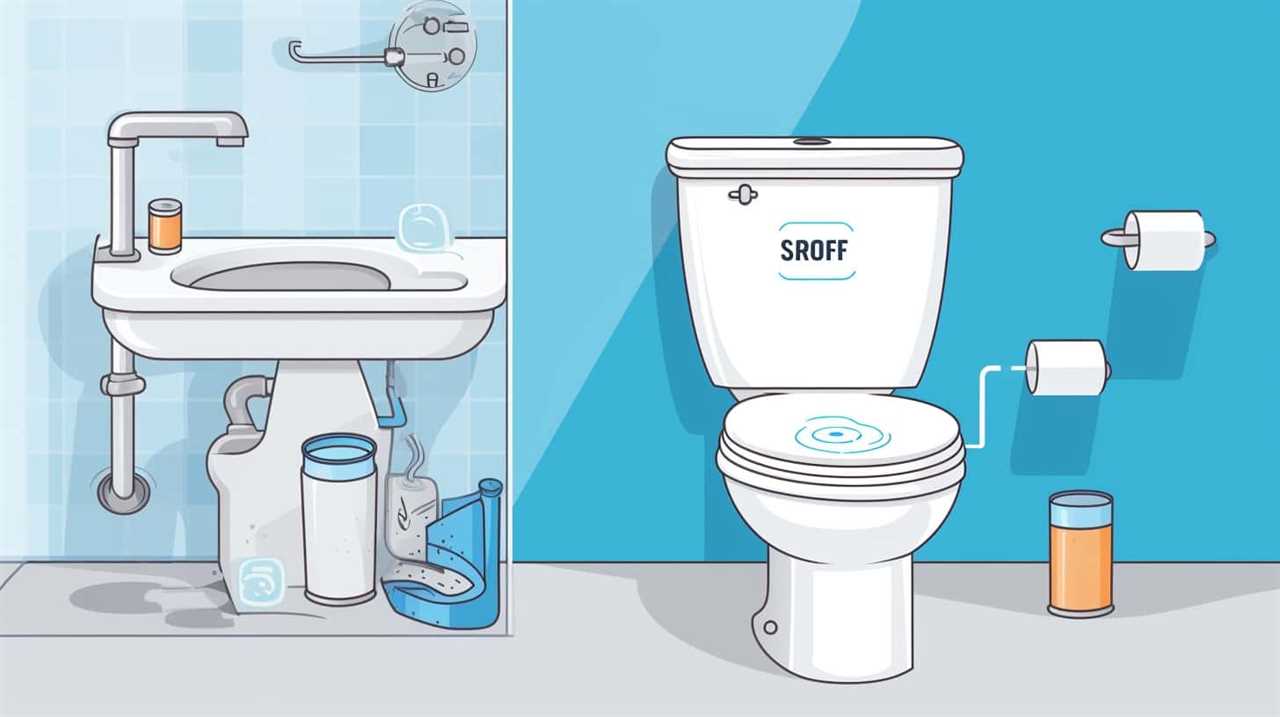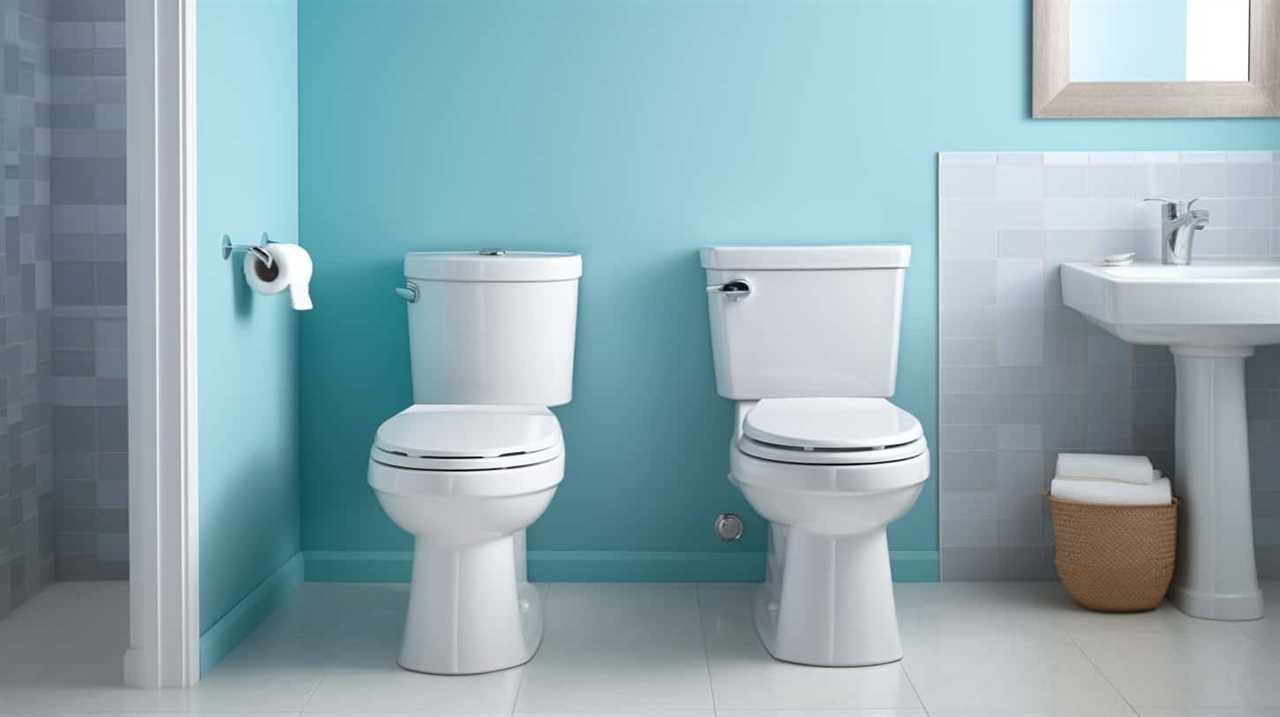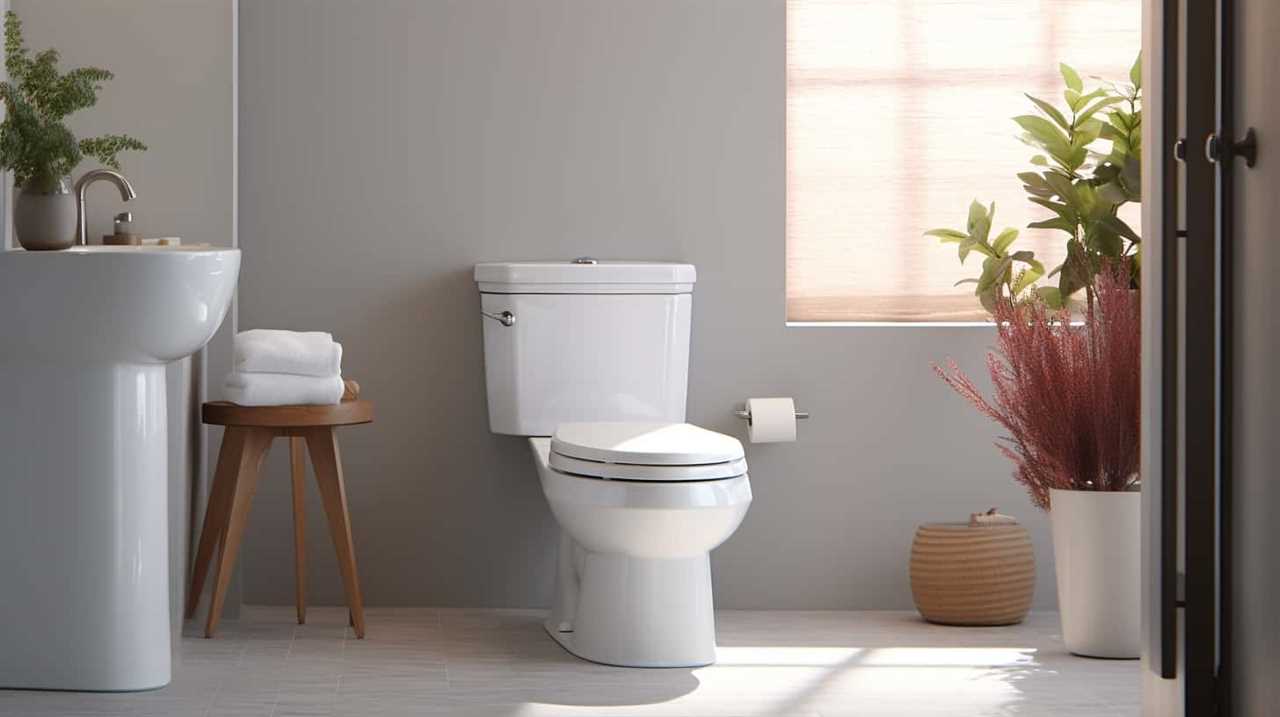We’ve all experienced it – grabbing what’s labeled as a ‘flushable’ wipe, only to encounter a plumbing nightmare afterwards. However, were you aware that 93% of wipes claimed to be flushable don’t break down the way toilet paper does?
In this article, we’ll delve into the science behind why these wipes clog pipes, the environmental consequences they pose, and the alternatives available.
It’s time to unravel the myth of flushability and understand the true impact of these seemingly convenient products.
Key Takeaways
- Manufacturers label wipes as flushable without sufficient evidence, leading to a misconception among consumers.
- Flushable wipes contain synthetic fibers, binders, and chemicals that hinder disintegration.
- Flushable wipes cause severe damage to plumbing systems, leading to clogs and the formation of fatbergs.
- Flushable wipes contribute to waste management and microplastic pollution, harming aquatic life and requiring costly repairs and increased maintenance.
The Misconception of Flushability
In our experience, there seems to be a common misconception surrounding the flushability of wipes. This misconception is largely due to the marketing tactics employed by manufacturers, who often label their products as flushable without providing sufficient evidence to support this claim.
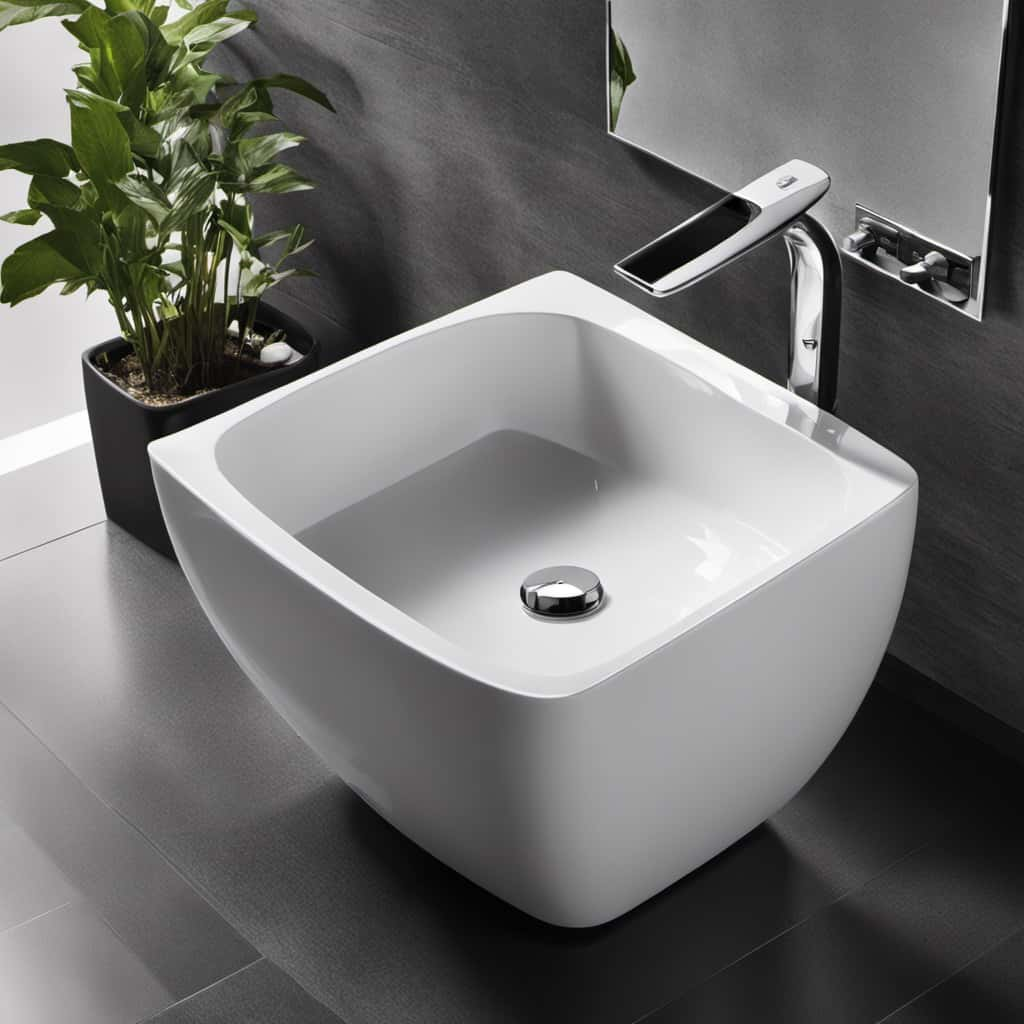
Consumer behavior is also a contributing factor. Many individuals assume that if a wipe is labeled as flushable, it can be safely disposed of in the toilet without causing any issues. However, research has shown that flushable wipes don’t break down in the same way as toilet paper, leading to clogs in plumbing systems and damage to wastewater treatment plants.
It’s important for consumers to be aware of these facts and make informed decisions about the disposal of wipes.
Transitioning into the subsequent section about ‘the ingredients that cause issues’, we’ll now delve into the specific components of flushable wipes that contribute to their non-flushability.
The Ingredients That Cause Issues
To understand why flushable wipes aren’t actually flushable, it’s important to examine the specific ingredients that contribute to their inability to break down in the toilet. These wipes are designed to be durable and moisture-resistant, which is why they can withstand the rigors of cleaning. However, this durability comes at a cost.
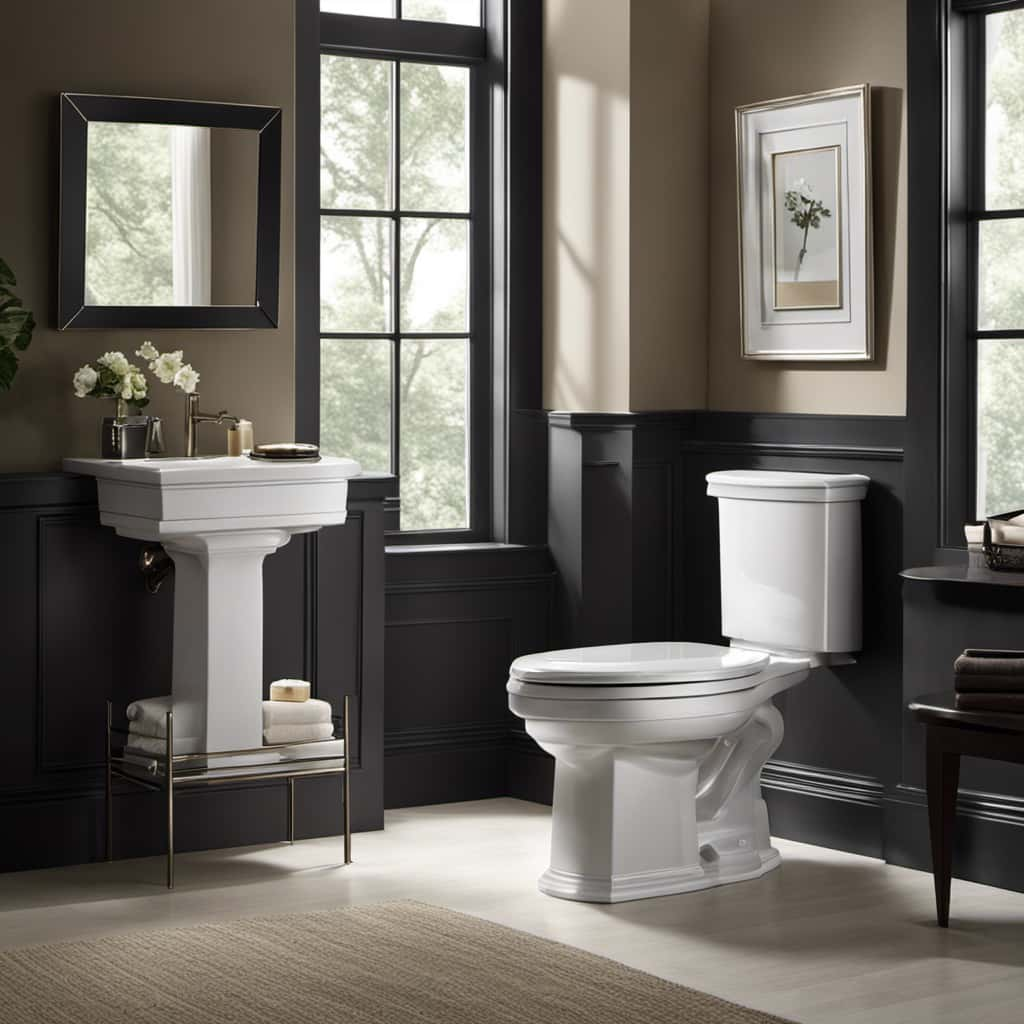
The ingredients used in flushable wipes include synthetic fibers, binders, and chemicals that are specifically chosen to provide strength and absorbency. These ingredients impact the ability of the wipes to disintegrate in water, leading to clogs and blockages in plumbing systems. Testing guidelines for flushable wipes focus on factors such as dispersibility, disintegration, and biodegradability.
Despite these guidelines, the ingredients used in flushable wipes still pose a significant risk to our plumbing systems.
Moving forward to discuss the impact on plumbing systems…
The Impact on Plumbing Systems
Flushable wipes have a significant impact on our plumbing systems. When these wipes are flushed down the toilet, they can cause severe plumbing system damage. Here are two sub-lists that highlight the consequences of flushing flushable wipes:

- Plumbing System Damage:
- The non-biodegradable nature of flushable wipes makes them prone to clogging pipes and sewer lines, leading to costly repairs and blockages.
- These wipes can accumulate in the plumbing system and create fatbergs, which are large masses of solid waste that can obstruct the flow of wastewater.
- Public Health Risks:
- Clogged pipes and sewer lines can lead to sewage backups, causing unsanitary conditions and potential contamination of water sources.
- The accumulation of flushable wipes in the plumbing system can also attract bacteria and other harmful microorganisms, posing a risk to public health.
Understanding the detrimental effects of flushing flushable wipes is crucial for maintaining the integrity of our plumbing systems and safeguarding public health.
The Environmental Consequences
Flushable wipes have detrimental environmental consequences that cannot be ignored. These supposedly convenient products may seem harmless, but they contribute to significant environmental issues, particularly in waste management solutions and microplastic pollution. When flushed, these wipes can clog sewer systems and cause blockages, leading to costly repairs and increased maintenance. Additionally, they do not break down like toilet paper, resulting in the accumulation of non-biodegradable materials in wastewater treatment plants. Furthermore, flushable wipes often contain microplastics, which are tiny plastic particles that can enter water bodies and harm aquatic life. To illustrate the severity of the problem, consider the following table:
| Environmental Consequence | Explanation | Impact |
|---|---|---|
| Clogged sewer systems | Wipes do not break down and can cause blockages. | Costly repairs and increased maintenance. |
| Non-biodegradable materials | Wipes do not decompose like toilet paper. | Accumulation in wastewater treatment plants. |
| Microplastic pollution | Wipes often contain microplastics. | Harm to aquatic life. |
Addressing these environmental consequences requires a multi-faceted approach, including improved labeling and regulation of flushable products, increased public awareness, and the adoption of sustainable waste management solutions.
Wastewater Treatment Challenges
Wastewater treatment faces significant challenges due to the presence of flushable wipes. One major issue is the clogging of sewer systems caused by these wipes, which can lead to expensive repairs and maintenance.
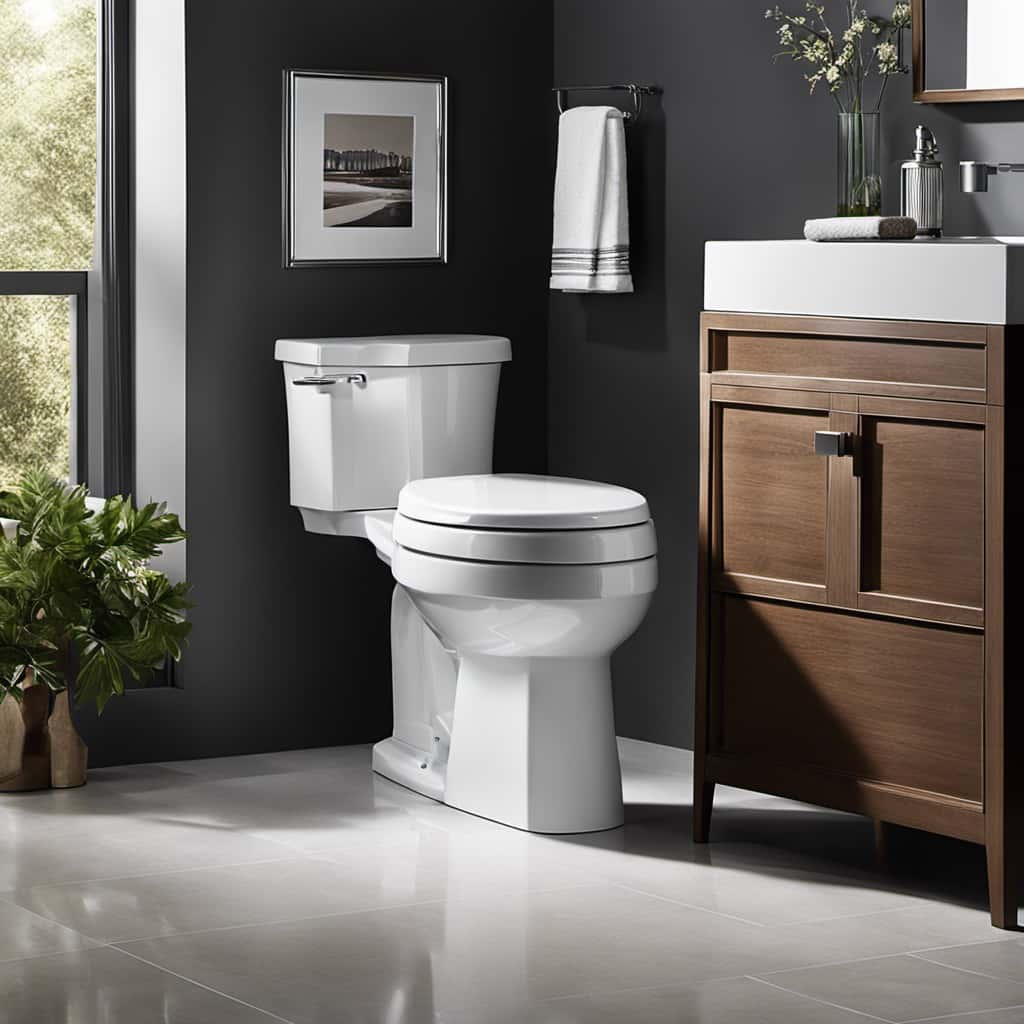
Additionally, the environmental impact of flushable wipes is a growing concern, as they can contribute to the accumulation of non-biodegradable materials in treatment plants and water bodies.
These challenges highlight the need for improved waste management practices and increased public awareness about the proper disposal of flushable wipes.
Clogging Sewer Systems
We frequently encounter challenges in treating wastewater due to the clogging of sewer systems caused by flushable wipes. The improper disposal of these supposedly ‘flushable’ wipes poses a significant threat to our sewer infrastructure and wastewater treatment processes. To address this issue, we must focus on clogging prevention and public awareness.
Clogging prevention:

- Implementing stricter regulations on the labeling and marketing of flushable wipes.
- Encouraging manufacturers to develop more biodegradable and easily breakable wipes.
Public awareness:
- Educating the public about the problems caused by flushing wipes, emphasizing the importance of proper disposal.
- Promoting alternative disposal methods, such as throwing wipes in the trash instead of flushing them.
Environmental Impact Concerns
Addressing the environmental impact of flushable wipes on wastewater treatment processes, our focus shifts to the challenges posed by these wipes in terms of clogging and pollution. The use of flushable wipes has led to increased wastewater contamination and subsequent challenges in treating the wastewater effectively. These wipes, despite being marketed as flushable, do not disintegrate as easily as toilet paper, leading to clogging in sewer systems and causing disruptions in the wastewater treatment process. Additionally, the presence of non-biodegradable materials in flushable wipes contributes to marine pollution when they make their way into rivers, lakes, and oceans. The table below highlights the key challenges and environmental concerns associated with flushable wipes in wastewater treatment:
| Challenges | Environmental Concerns |
|---|---|
| Clogging | Wastewater Contamination |
| Non-biodegradable materials | Marine Pollution |
To address these issues, it is crucial for consumers to be aware of the potential harm caused by flushing flushable wipes and to dispose of them properly in waste bins. Furthermore, wastewater treatment facilities need to invest in advanced filtration systems to effectively remove these wipes from the wastewater stream and minimize their impact on the environment.
The Role of Industry Standards
When it comes to determining the flushability of wipes, inadequate testing methods and a lack of clear guidelines play a significant role.
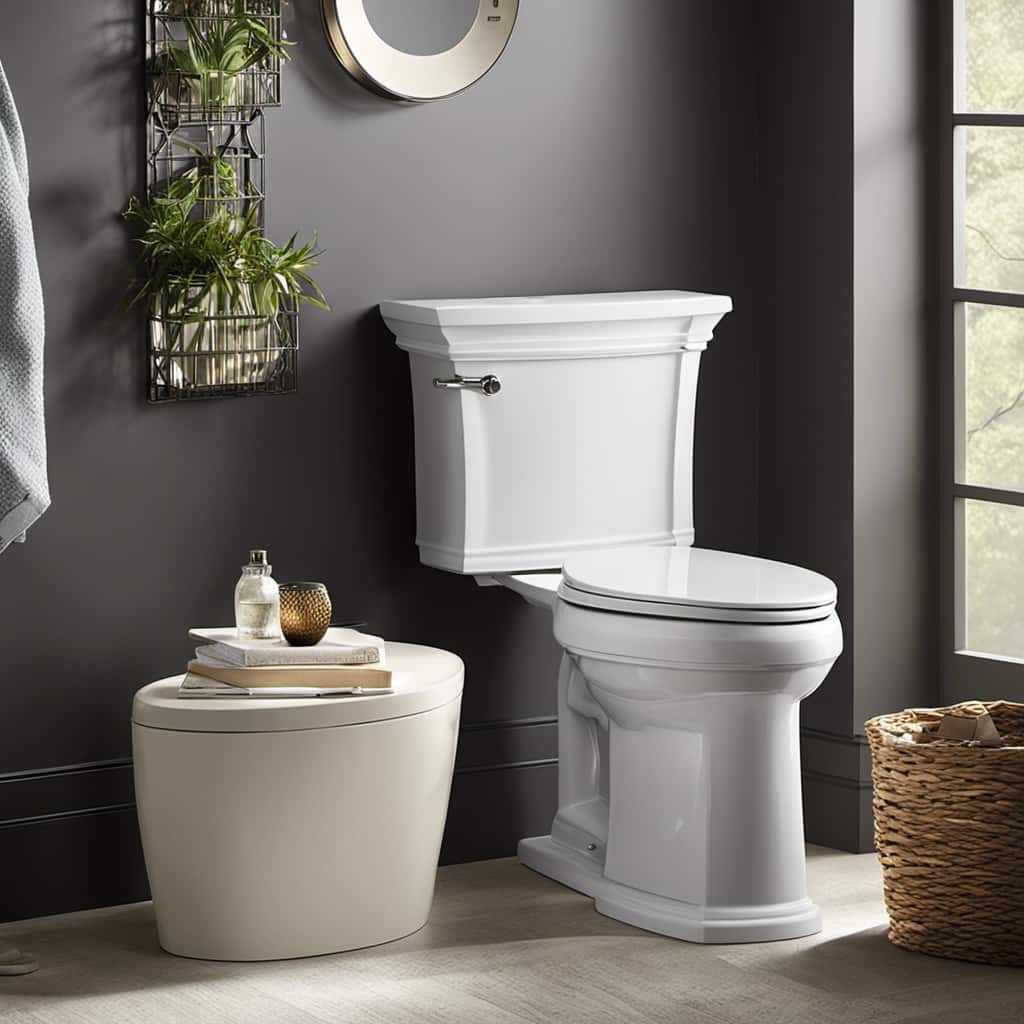
Industry standards for flushable wipes are often based on tests that don’t accurately simulate real-world conditions.
This leads to the classification of wipes as flushable, even though they can cause clogs and other issues in wastewater systems.
Inadequate Testing Methods
The article examines the role of industry standards in highlighting the inadequate testing methods used to determine the flushability of wipes. It’s evident that incomplete research and a lack of industry accountability have contributed to the problem at hand.
To fully grasp the gravity of the situation, consider the following points:

- Inadequate testing procedures:
- Current methods don’t accurately simulate real-world scenarios.
- Tests often focus solely on toilet flushes, disregarding other factors such as wastewater treatment processes.
- Lack of transparency and industry oversight:
- Manufacturers often rely on their own internal testing methods, leading to biased results.
- The absence of standardized guidelines allows companies to make misleading claims about the flushability of their products.
These issues highlight the urgent need for improved testing methods and greater industry accountability. Only through comprehensive research and stringent standards can we address the problem of non-flushable wipes effectively.
Lack of Clear Guidelines
To fully understand the issue of flushable wipes not being flushable, it is crucial to examine the lack of clear guidelines within the industry standards. Without clear labeling and explicit instructions, consumers may unknowingly contribute to the problem by disposing of these wipes incorrectly. The responsibility lies not only with the manufacturers, but also with the consumers to ensure proper usage and disposal.
The absence of clear guidelines in the industry standards exacerbates the confusion surrounding flushable wipes. Consumers are left to decipher whether a product is truly flushable or not, leading to incorrect disposal practices. This lack of clarity creates a ripple effect, causing clogged pipes, sewer backups, and costly repairs.
To emphasize the impact of this issue, consider the following table:
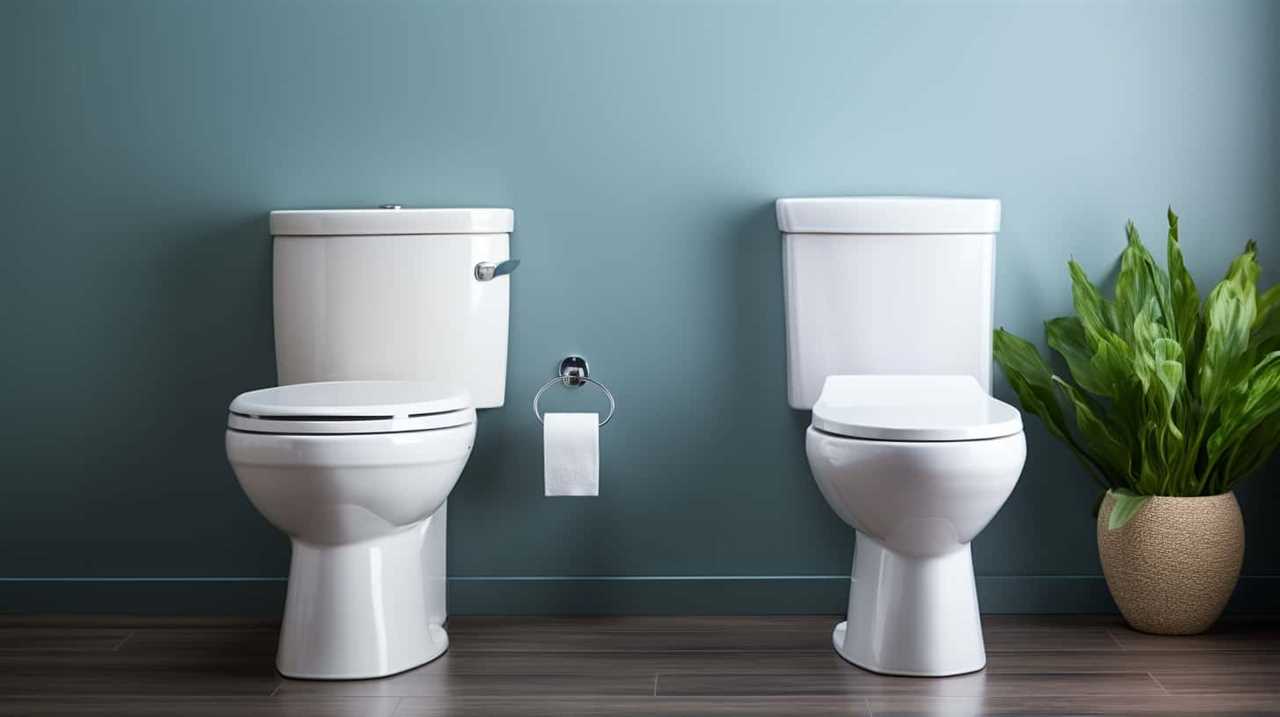
| Lack of Clear Guidelines | Consequences |
|---|---|
| Unclear labeling | Improper disposal and clogging of pipes |
| Inconsistent standards | Confusion among consumers and wastewater treatment facilities |
| Varying definitions | Ineffective regulation and enforcement |
| Lack of accountability | Increased burden on municipalities and taxpayers |
In order to address this issue, it is essential for the industry to establish clear guidelines and standards for labeling flushable wipes. This will empower consumers to make informed choices and take responsibility for proper disposal, ultimately reducing the negative environmental and financial impacts caused by these non-flushable wipes.
Alternatives to Flushable Wipes
As we explore alternatives to flushable wipes, it becomes evident that using a bidet is a hygienic and environmentally-friendly option. Bidets, commonly found in many European countries, provide a sustainable alternative to flushable wipes.
Here are two reasons why bidets are a great choice:
- Water Efficiency: Bidets use a small stream of water to clean, reducing the amount of toilet paper or wipes needed. This promotes water conservation and prevents unnecessary waste.
- Enhanced Hygiene: Bidets offer a more thorough and gentle cleansing experience compared to wipes. The use of water ensures effective removal of bacteria and prevents skin irritation.
Incorporating bidets into our hygiene practices can contribute to a more sustainable future while prioritizing cleanliness. By considering bidets as an alternative to flushable wipes, we can make a positive impact on both our personal hygiene and the environment.

Consumer Education and Awareness
Moving forward with our exploration of alternatives to flushable wipes, it’s important to address consumer education and awareness regarding their proper usage and disposal.
Consumer behavior plays a significant role in the impact of flushable wipes on our sewer systems. Many consumers mistakenly believe that these wipes can be safely flushed down the toilet, leading to clogs and blockages in pipes and wastewater treatment facilities.
To address this issue, effective disposal methods should be communicated to consumers. Clear and concise instructions should be provided on product packaging and through educational campaigns to inform consumers about the proper disposal of flushable wipes.
Additionally, promoting the use of alternative products that are truly flushable or encouraging the use of reusable options can help reduce the negative environmental and economic consequences associated with improper disposal of flushable wipes.
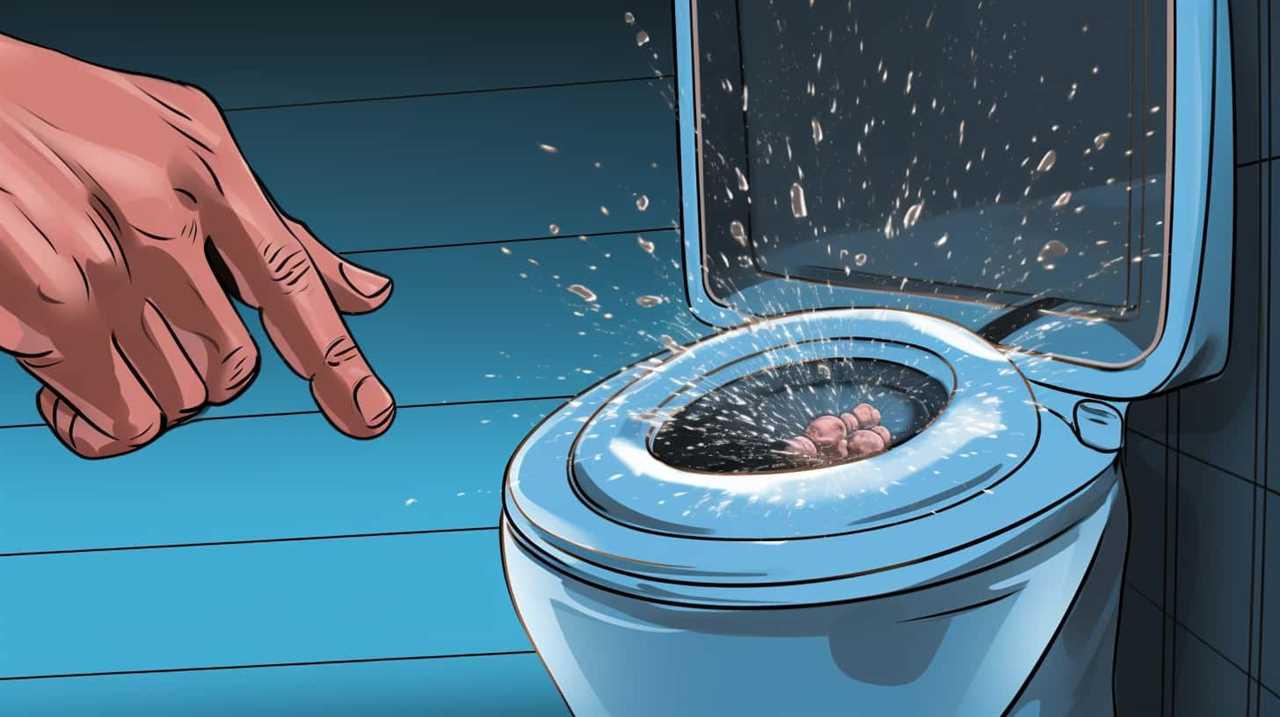
Government Regulations and Policies
Government regulations and policies play a crucial role in addressing the issue of non-flushable wipes.
One major concern is the insufficient labeling and testing of these products, which can mislead consumers into thinking they’re safe for flushing.
Additionally, the lack of effective enforcement measures allows manufacturers to continue producing and marketing these wipes without facing proper consequences.
Insufficient Labeling and Testing
With insufficient labeling and testing, we face challenges in determining the flushability of wipes due to government regulations and policies. The lack of clear and standardized labeling on wipes packages makes it difficult for consumers to understand whether a product is truly flushable or not. Additionally, the absence of strict flushability testing procedures mandated by government regulations allows manufacturers to make bold claims without proper scientific evidence.
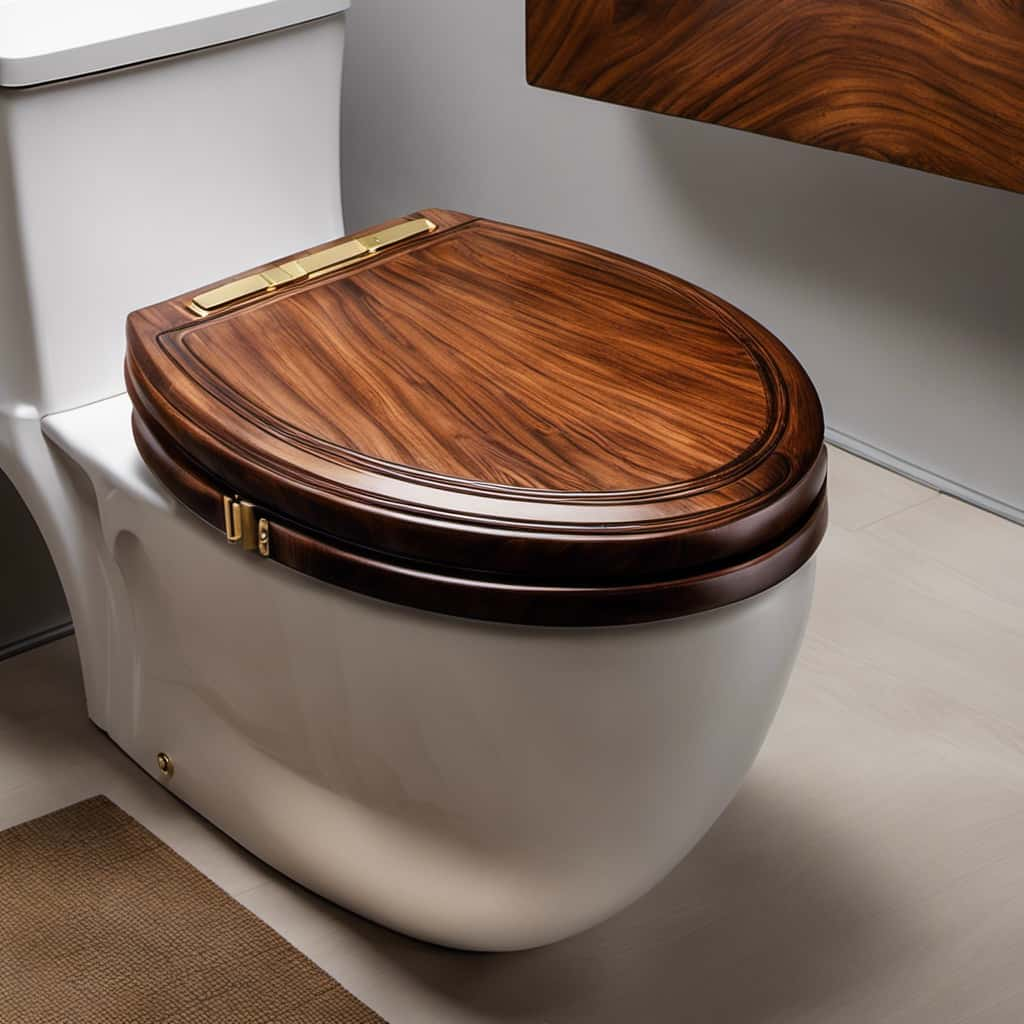
To shed light on this issue, consider the following:
- Wipes labeling:
- Inadequate information regarding the materials used in wipes construction.
- Lack of clear instructions on proper disposal methods.
- Flushability testing:
- Absence of standardized testing protocols for determining flushability.
- Limited oversight by regulatory bodies to ensure accurate testing procedures.
These shortcomings in labeling and testing hinder our ability to accurately assess the flushability of wipes, leading to clogs and environmental damage. It’s crucial for government regulations and policies to address these deficiencies and establish comprehensive guidelines for proper labeling and testing of flushable wipes.
Lack of Enforcement Measures
We need stronger enforcement measures to ensure that government regulations and policies effectively address the issue of flushable wipes not being truly flushable. Currently, there’s a lack of consistent enforcement when it comes to industry standards for flushable wipes. Government agencies must take a proactive role in monitoring and enforcing these standards to protect our sewage systems and the environment.
Enforcement measures should include regular inspections of manufacturing facilities to ensure compliance with industry standards and regulations. Additionally, penalties for non-compliance should be enforced to incentivize adherence to the guidelines. This could involve fines or even the suspension of licenses for companies that repeatedly fail to meet the required standards.
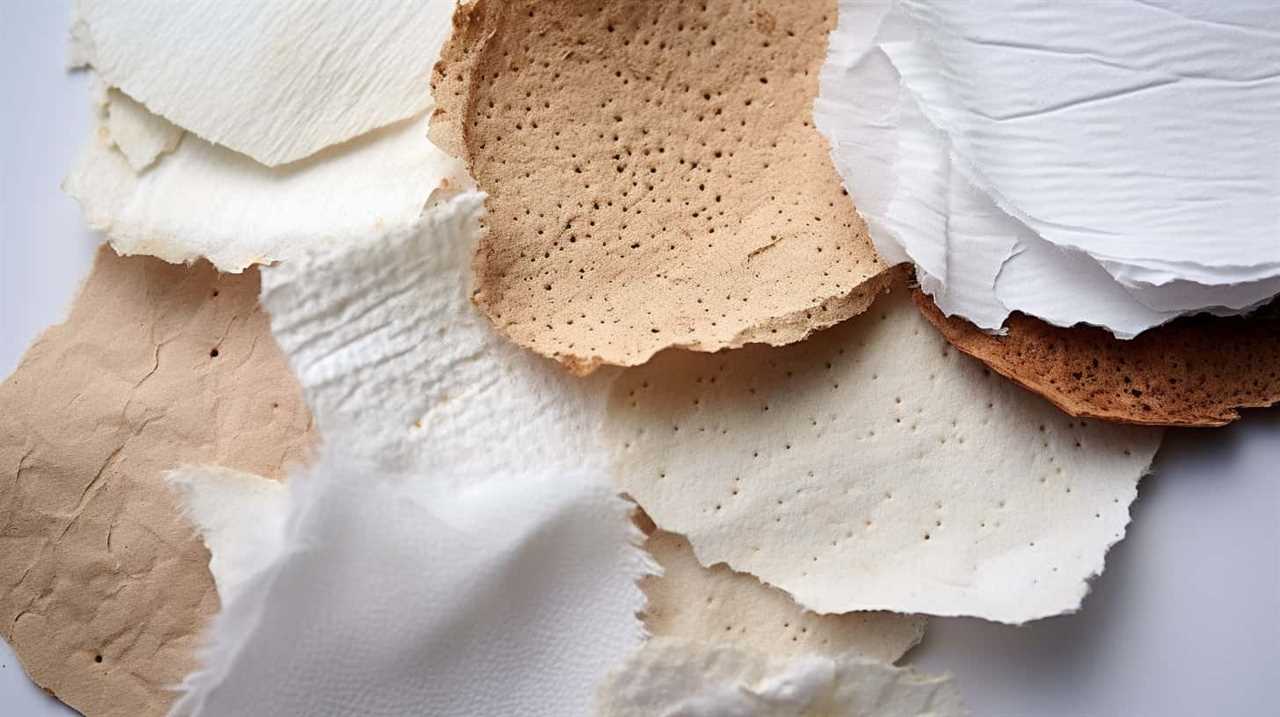
The Future of Flushable Wipes
As consumers, it’s important for us to consider the future of flushable wipes and their impact on our plumbing systems and the environment.
The market demand for flushable wipes continues to grow, fueled by the convenience they offer. However, their impact on plumbing systems and the environment can’t be ignored.
To address these concerns, technological advancements are needed to improve the flushability of these wipes. The future of flushable wipes could involve the following developments:
- Enhanced Biodegradability: Developing wipes that break down more readily in water, reducing their environmental impact.
- Improved Filtration Systems: Advancements in wastewater treatment technology to effectively capture and remove flushable wipes from the system, preventing clogging and damage to infrastructure.
Conclusion
In conclusion, it’s clear that flushable wipes aren’t as flushable as they may seem. The misconception of their flushability has led to detrimental consequences for plumbing systems, the environment, and wastewater treatment.
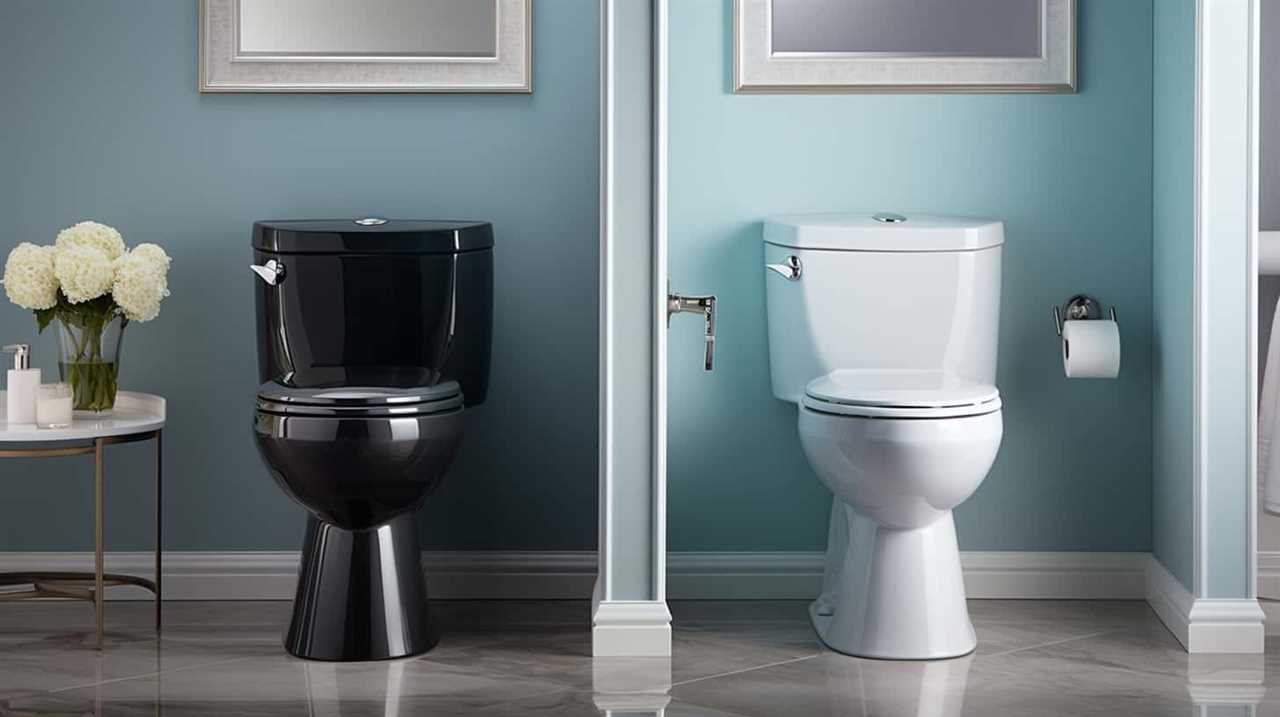
Alternatives to flushable wipes must be considered, along with consumer education and government regulations. As we navigate the future, it’s crucial to address these issues and find sustainable solutions.
The convenience of flushable wipes may come at a high cost, and it’s time to rethink our choices.
